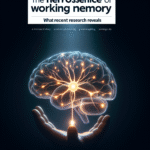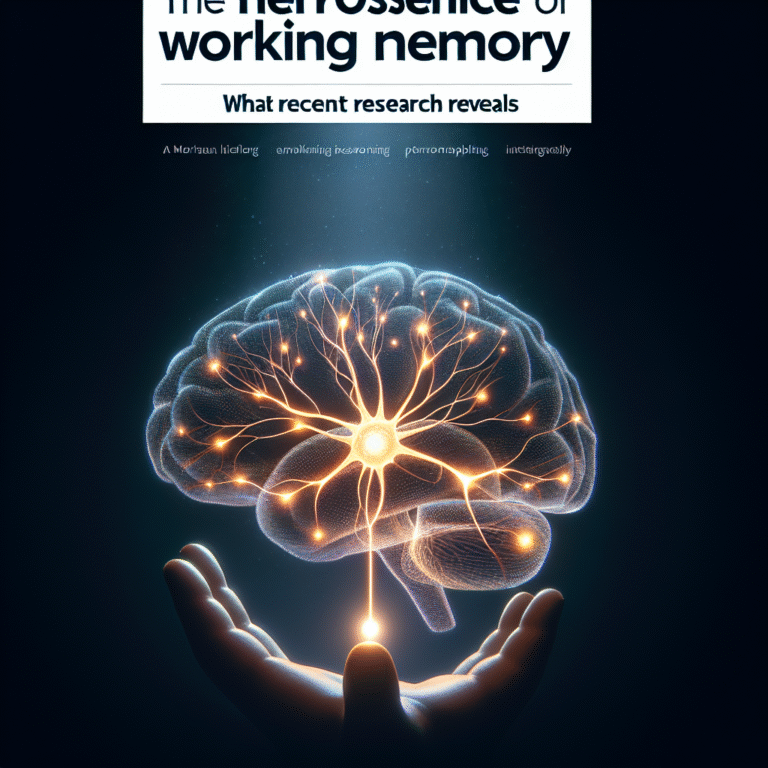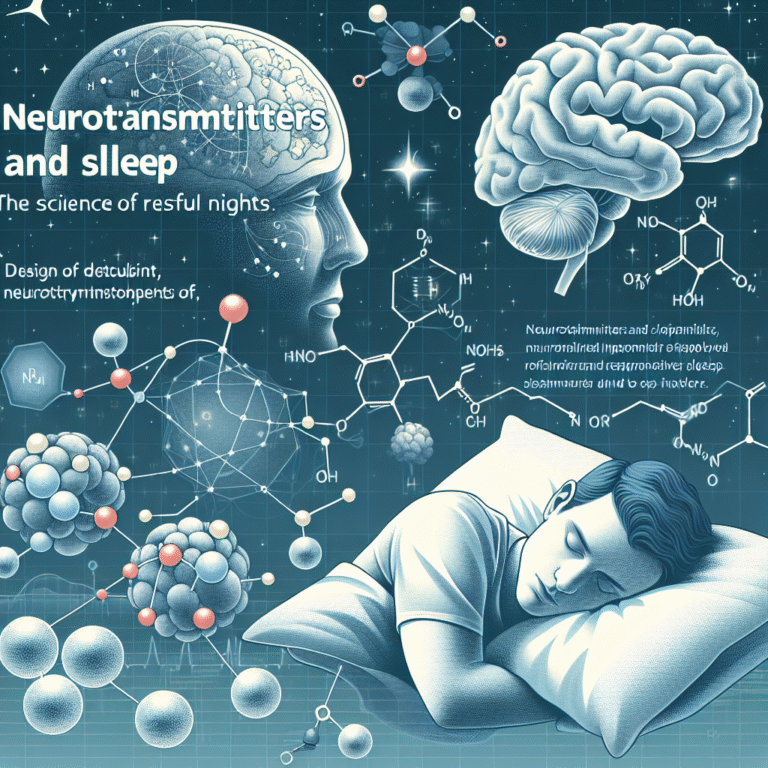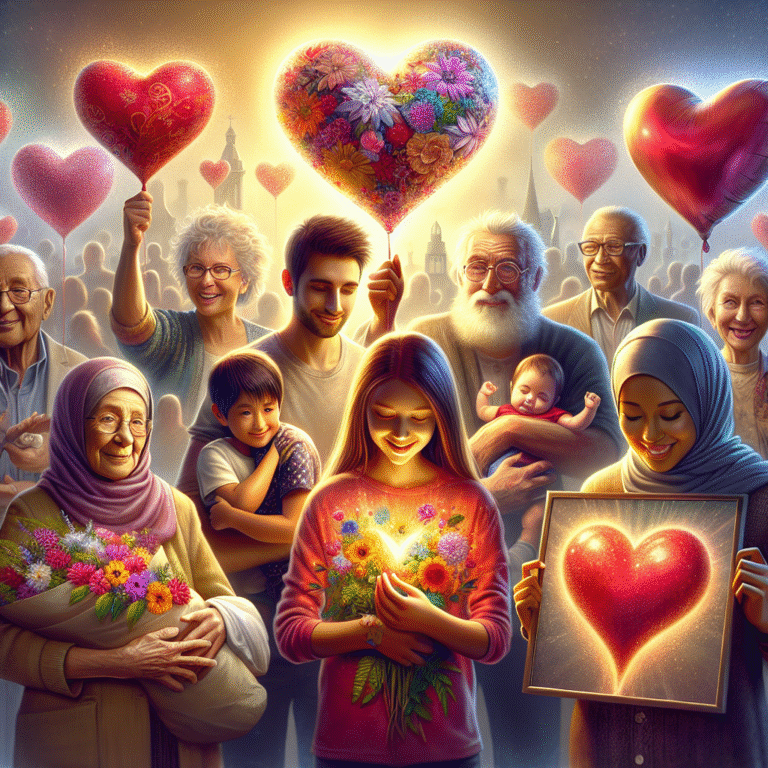
Introduction
In an era dominated by technology, the way we connect has significantly transformed. While social media, messaging apps, and online communities provide unprecedented global reach, they also present unique challenges—especially for those grappling with social anxiety. The topic of Social Anxiety and the Digital Age: Navigating Connection in a Virtual World isn’t just relevant; it’s essential. How do we build meaningful interactions when the medium we choose might amplify our fears? Let’s explore this intricate landscape where social anxiety meets the digital age, unraveling insights and strategies to foster genuine connections.
The Rise of Social Anxiety in a Tech-Driven Society
Understanding Social Anxiety
Social anxiety disorder (SAD) is more than just shyness; it is a persistent fear of social situations that potentially humiliate or embarrass an individual. According to the Anxiety and Depression Association of America (ADAA), about 15 million adults in the U.S. experience social anxiety, making it one of the most common mental health disorders.
The Impact of the Digital Age
In our hyper-connected world, our lives are increasingly played out on digital stages. Every post, tweet, or story can feel like a performance. The pressure to present our lives perfectly often exacerbates feelings of inadequacy and anxiety. This phenomenon is particularly pronounced among younger demographics, where the fear of missing out (FOMO) can drive excessive online engagement, leading to a paradox: increased connectivity yet heightened feelings of isolation.
Case Study: The Instagram Effect
A group of researchers studied college students who frequently used Instagram. Their findings revealed a direct correlation between high usage and increased feelings of anxiety and depression. Participants reported spending hours curating their images and worrying about likes and comments. This stark reality emphasizes the complexities of Social Anxiety and the Digital Age: Navigating Connection in a Virtual World.
Virtual Connections: The Double-Edged Sword
Benefits of Digital Communication
While online interaction has its downsides, it also offers various advantages for those with social anxiety. Platforms like Reddit, Discord, and Instagram can serve as safe spaces where individuals can communicate without the physical presence of others.
- Convenience: Digital communication allows people to connect at their own pace, reducing the immediacy of face-to-face conversations.
- Anonymity: Many online platforms allow users to remain anonymous, which can alleviate the fear of judgment.
- Support Networks: Online support groups provide invaluable resources for those seeking help, including forums dedicated to social anxiety.
Challenges of Virtual Communication
While beneficial, digital communications can lead to misunderstandings and emotionally charged interactions. The lack of non-verbal cues can sometimes exacerbate feelings of anxiety.
- Misinterpretation: Without tone or body language, messages can easily be misconstrued.
- Reduced Empathy: The screen can create a barrier that diminishes empathetic responses, making online interactions feel less fulfilling.
- Over-Reliance: People might depend too much on digital communication, neglecting face-to-face interactions that can build stronger connections.
Case Study: The Role of Online Support
In examining various online mental health communities, researchers found that many find solace in virtual support groups. For example, a Facebook group focused on anxiety coping strategies offered members the chance to share experiences and strategies while maintaining anonymity. This illustrates how Social Anxiety and the Digital Age: Navigating Connection in a Virtual World can foster support that might be unattainable in real life.
Strategies for Managing Social Anxiety in the Digital Age
Embrace Authenticity
One of the most powerful tools for navigating Social Anxiety and the Digital Age: Navigating Connection in a Virtual World is embracing authenticity. Presenting a curated, idealized version of oneself can amplify anxiety. Instead, individuals should strive for genuineness, whether in posts or conversations.
- Tips for Authentic Engagement:
- Share real experiences, even the imperfect ones.
- Engage with content that genuinely resonates with you.
- Foster connections based on shared interests or vulnerabilities.
Mindful Consumption
Being mindful of how and when we consume social media is crucial. Not all content is beneficial, and mindless scrolling can deepen feelings of inadequacy.
- Strategies for Mindful Consumption:
- Set specific times for social media usage and adhere to them.
- Curate your feed to include positive, uplifting content.
- Engage in digital detoxes—taking regular breaks from screens can significantly improve mental health.
Seek Professional Help
In extreme cases, professional guidance may be essential. Therapists can offer personalized strategies and coping mechanisms. Teletherapy has gained traction, making it easier than ever to seek help without the added anxiety of an in-person visit.
The Future: Bridging the Gap Between Online and Offline Interactions
Hybrid Models of Connection
As we continue to navigate Social Anxiety and the Digital Age: Navigating Connection in a Virtual World, it’s vital to explore hybrid models of connection that merge online and offline interactions. Whether through virtual meetups, webinars, or simply transitioning online friendships to real-world meetups, finding balance is key.
Case Study: Effective Hybrid Approaches
One innovative approach comes from meetup events organized through platforms like Eventbrite and Meetup. Many of these events encourage online connections before transitioning to in-person gatherings. Participants reported feeling a sense of familiarity and reduced anxiety when meeting someone they had previously interacted with online.
Leveraging Technology for Good
Technology is an ever-evolving tool that can be harnessed for positive change. Advanced algorithms and AI can help connect those struggling with social anxiety to communities that can provide support. Apps designed for mental health awareness can facilitate on-demand resources, transforming how we deal with social anxiety in a digital context.
Navigating the Balance
Balancing Online and Offline Worlds
The key takeaway in our exploration of Social Anxiety and the Digital Age: Navigating Connection in a Virtual World is the need for balance. Striving for a fulfilling life involves managing both online and offline interactions. As tempting as it may be to retreat entirely into digital spaces, fostering real-world connections is invaluable for holistic well-being.
- Promoting Balance:
- Prioritize in-person interactions, even if they seem daunting.
- Educate friends and family about social anxiety to create a supportive environment.
- Set daily or weekly goals to engage in face-to-face conversations.
Conclusion: Encourage Connection
As we wrap up our discussion on Social Anxiety and the Digital Age: Navigating Connection in a Virtual World, it’s clear that while the digital age presents unique challenges for those with social anxiety, it also offers remarkable opportunities for connection and empowerment. Embracing authenticity, mindful consumption, and seeking professional help are essential strategies for those navigating this complex landscape.
Ultimately, moving forward requires a commitment to fostering authentic connections both online and offline. As we embrace the possibilities of technology while recognizing its challenges, we can cultivate a deeper, more meaningful sense of connection in our lives.
FAQs
1. What are the main signs of social anxiety disorder?
Social anxiety disorder encompasses intense fear or anxiety in social situations. Signs include avoidance of social interactions, excessive worry about being judged, and physical symptoms like sweating or trembling.
2. Can social media worsen social anxiety?
Yes, frequent exposure to idealized representations of life on social media can exacerbate feelings of inadequacy and isolation, amplifying social anxiety.
3. How can I engage meaningfully online if I have social anxiety?
Start small by joining interest-based groups or participating in discussions. Gradually increase your engagement level as you become more comfortable.
4. Is professional help necessary for social anxiety?
Not always, but speaking to a mental health professional can provide effective strategies and coping mechanisms, especially for severe cases.
5. How often should I disconnect from digital environments?
Regular breaks—weekly or even daily—can help maintain a healthy balance and reduce anxiety. Consider digital detoxes or setting specific “no device” hours.
Navigating Social Anxiety and the Digital Age: Navigating Connection in a Virtual World is an ongoing journey, one that intertwines our human need for connection with the complexities of an increasingly digital existence. As we continue to explore this landscape, let’s aim for a balance that serves our well-being, encouraging deeper connections and understanding along the way.
















